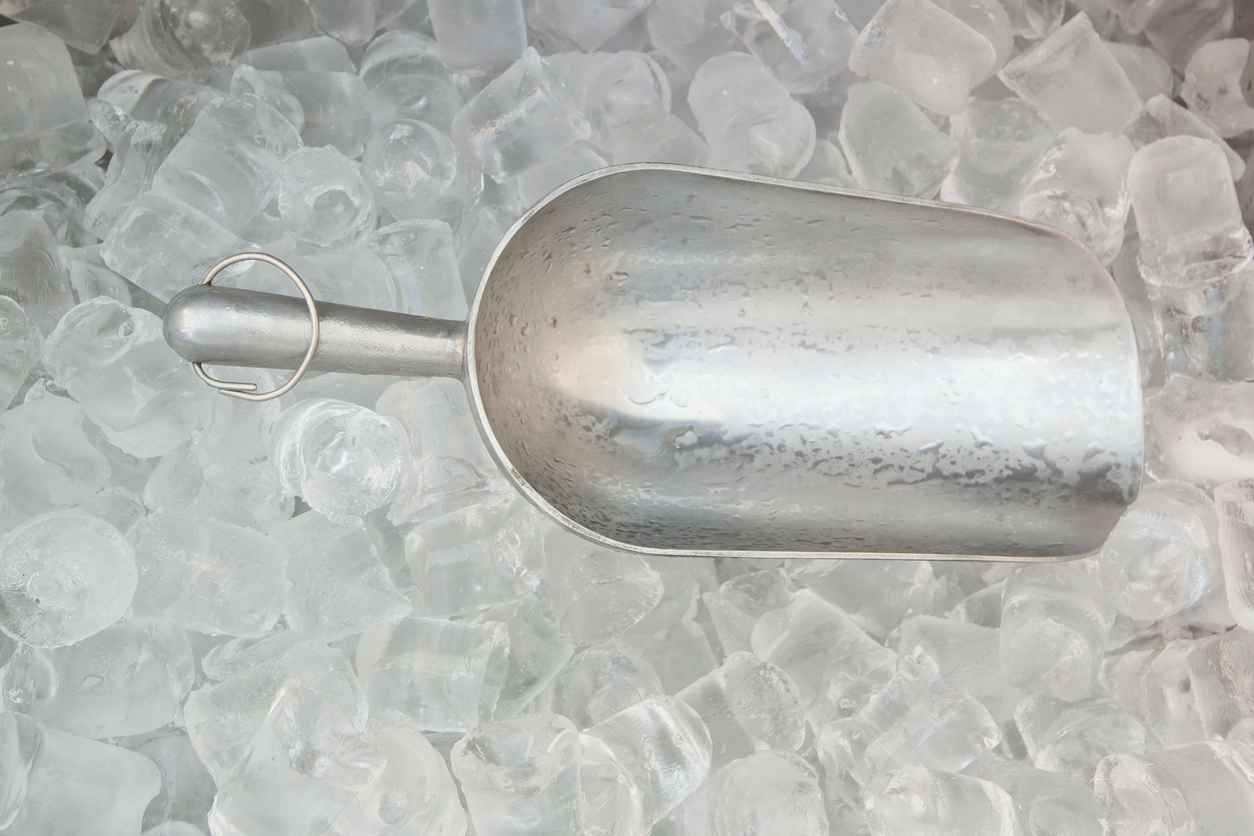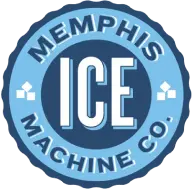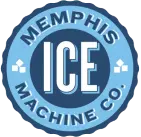proudly serving
the mid-south
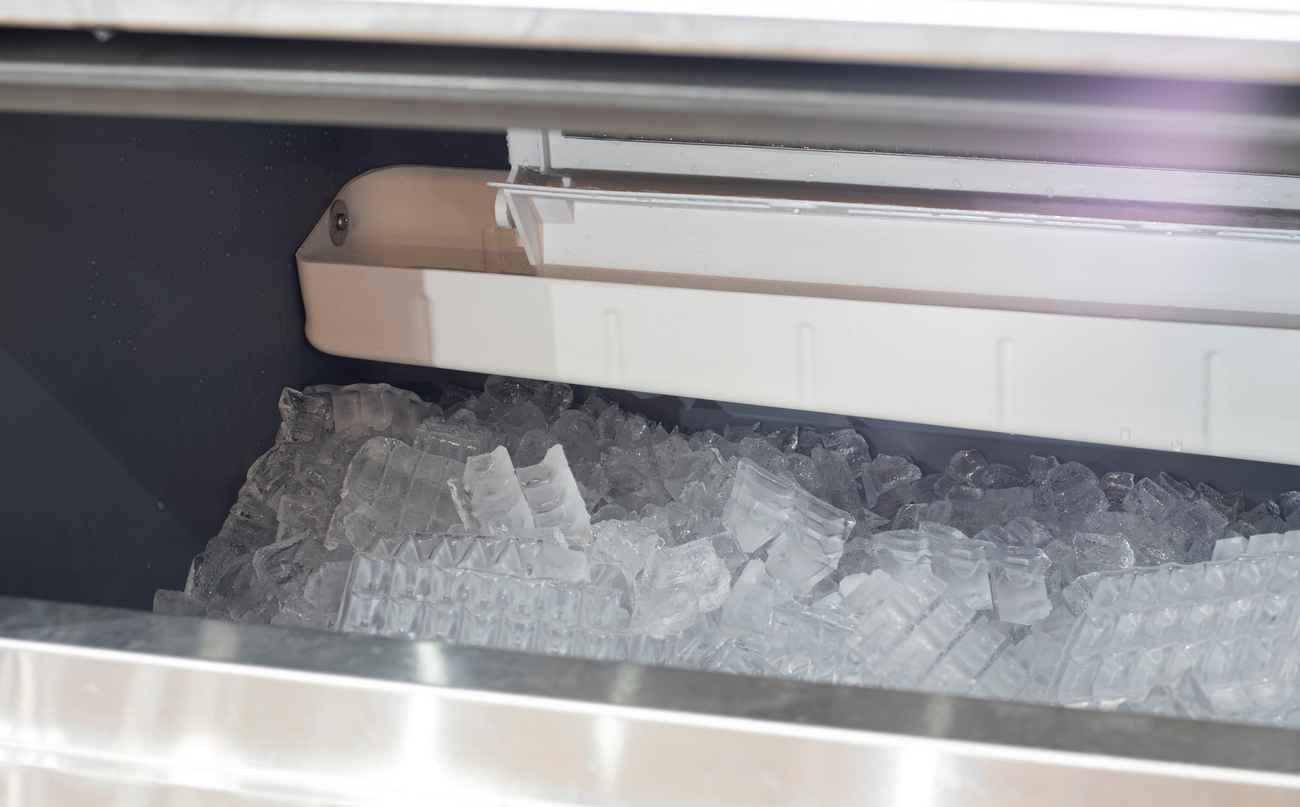
How Does an Ice Machine Work?
Whether in a restaurant, hotel, or healthcare facility, an ice machine is an essential appliance that provides a steady supply of ice. But how exactly does it transform water into ice? Understanding the mechanics of an ice machine can help business owners make informed decisions about maintenance, repairs, and upgrades.
The Basic Components of an Ice Machine
An ice machine consists of several key components that work together to produce ice efficiently:
- Water Supply Line – Delivers fresh water to the machine.
- Refrigeration System – Uses refrigerant to cool water and create ice.
- Evaporator Plate – A metal surface where water freezes into ice.
- Compressor and Condenser – Helps regulate temperature and remove heat.
- Harvesting System – Releases ice once it’s fully formed.
Each of these parts plays a crucial role in ensuring a reliable supply of ice.
The Ice Making Process
Understanding how an ice machine works can help businesses choose the right model for their needs. Whether you operate a restaurant, healthcare facility, or office, having a reliable ice supply is crucial for daily operations.
Water Intake
An ice machine starts by drawing water into the system from a dedicated water line or reservoir. This water passes through a filter to remove impurities that could affect the taste and clarity of the ice.
Freezing Cycle
Once inside, the water flows over an evaporator plate that is chilled by the refrigeration system. As the water makes contact with the plate, it begins to freeze layer by layer. The machine carefully controls the freezing process to produce consistent ice cubes, flakes, or nuggets, depending on the model.
Ice Formation
The ice machine continues the freezing cycle until the desired ice thickness is achieved. Some machines use sensors to determine when the ice is ready for harvesting.
Harvesting the Ice
Once the ice has fully formed, the machine enters the harvesting phase. This process varies depending on the type of ice machine:
- Cube Ice Machines – A slight temperature increase loosens the ice from the evaporator plate, allowing it to drop into the bin.
- Flake Ice Machines – A spinning auger scrapes thin ice flakes off a freezing cylinder.
- Nugget Ice Machines – A compression system compacts ice flakes into small, chewable nuggets.
Storage and Dispensing
After the ice is harvested, it falls into a storage bin or is dispensed directly into cups or containers. Some ice machines include automatic dispensers for convenience, particularly in commercial settings like hotels and fast-food restaurants.
Keeping Your Ice Machine Running Smoothly
To ensure your ice machine operates efficiently, regular maintenance is crucial. Here are some essential maintenance tips:
- Clean the machine regularly – Bacteria and mineral buildup can affect ice quality.
- Replace water filters – Changing filters prevents sediment and contaminants from affecting ice production.
- Check for proper ventilation – Ensure there is adequate airflow around the machine to prevent overheating.
- Inspect for leaks or blockages – Water line issues can disrupt ice production.
By following these steps, businesses can extend the lifespan of their ice machine and maintain a steady supply of fresh ice.
Contact Memphis Ice Machine Co. for Ice Machine Solutions
Whether you need a new ice machine, regular maintenance, or expert repairs, Memphis Ice Machine Co. has you covered. As the largest provider of ice machine rental and commercial refrigeration services in Memphis and the Mid-South, we offer top-quality solutions for businesses of all sizes. Contact us today to find the perfect ice machine for your needs!
Recent News

Bar Limina Brings World-Class Cocktails—and Ice—to Memphis
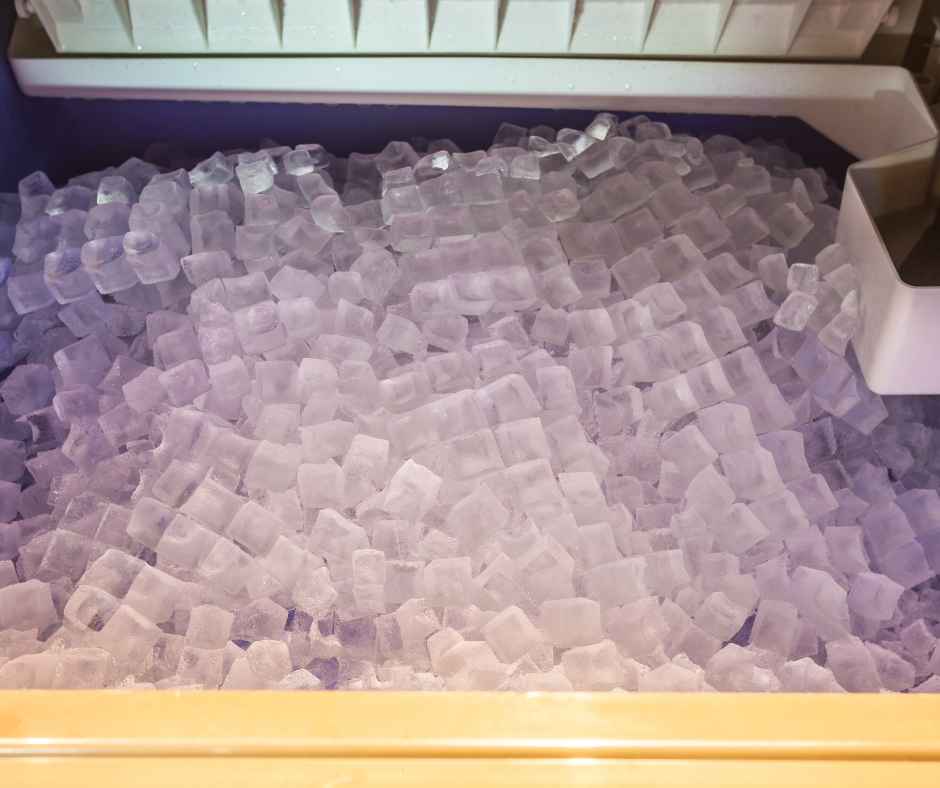
Why Should You Spring Clean Your Ice Machine?

Keeping Celebrations Cool at Oxford’s Newest Event Venue
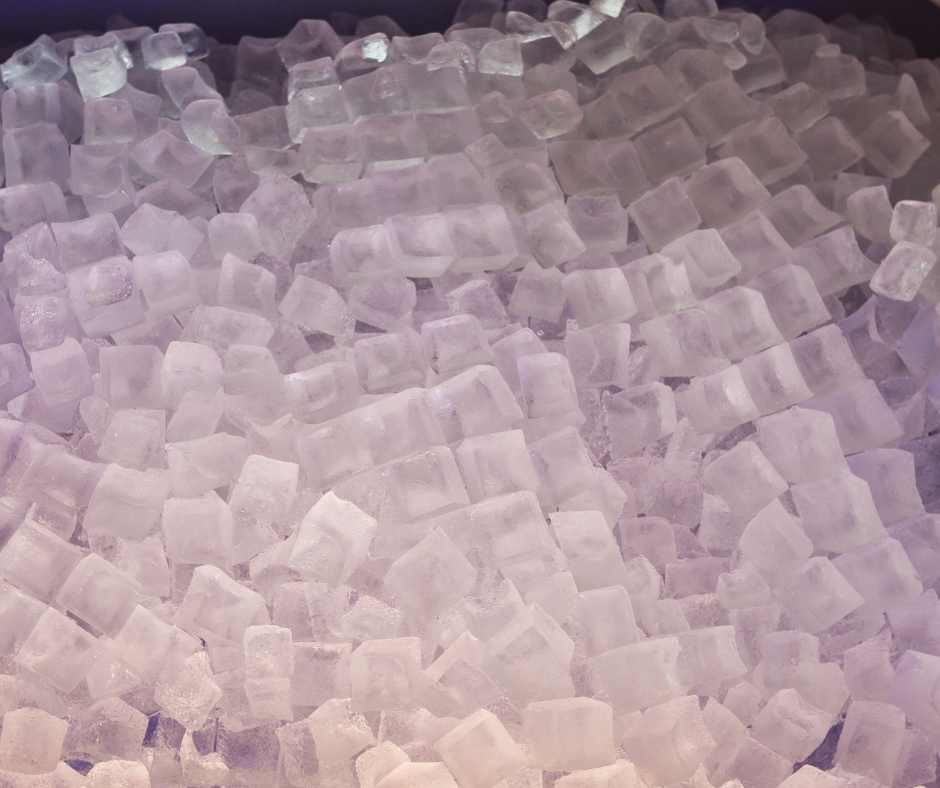
What Are the Hidden Costs of Poor Ice Machine Maintenance?
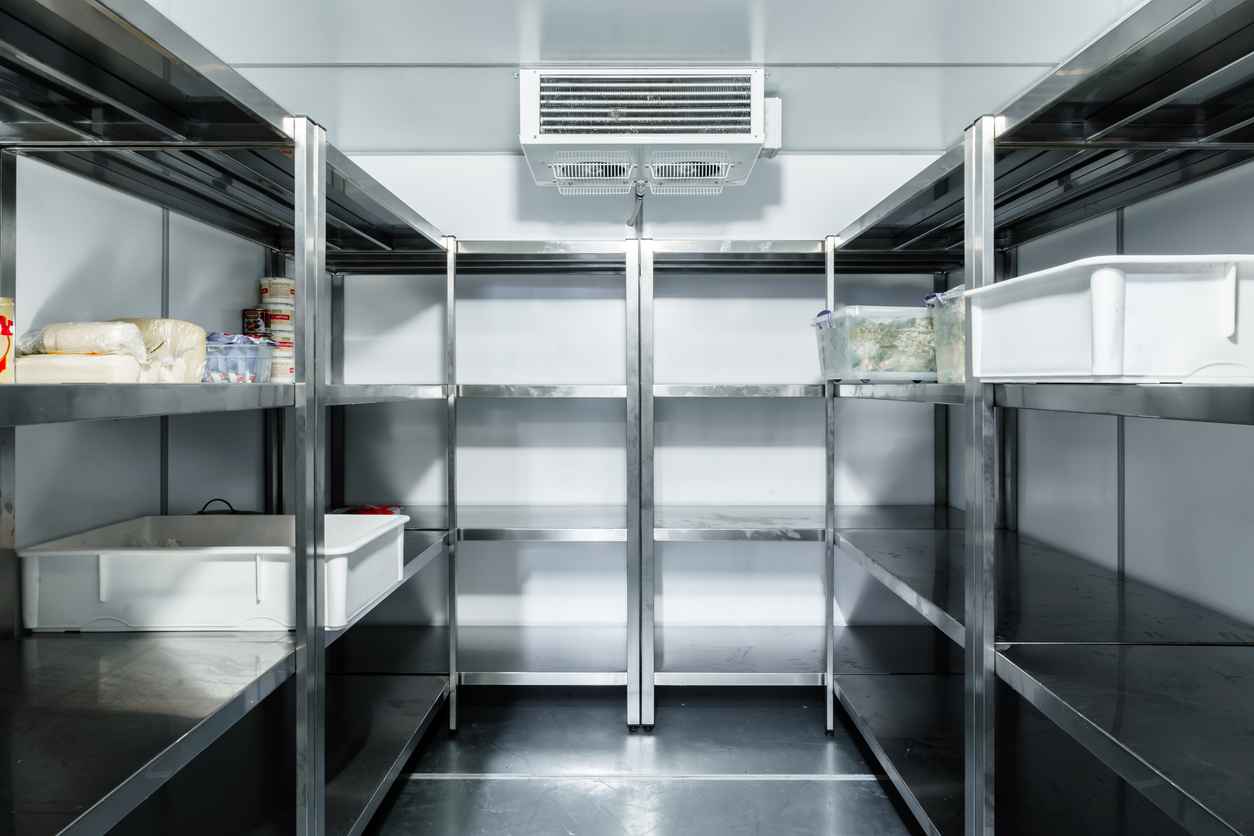
Now Offering Expanded Refrigeration Preventative Maintenance & Service!
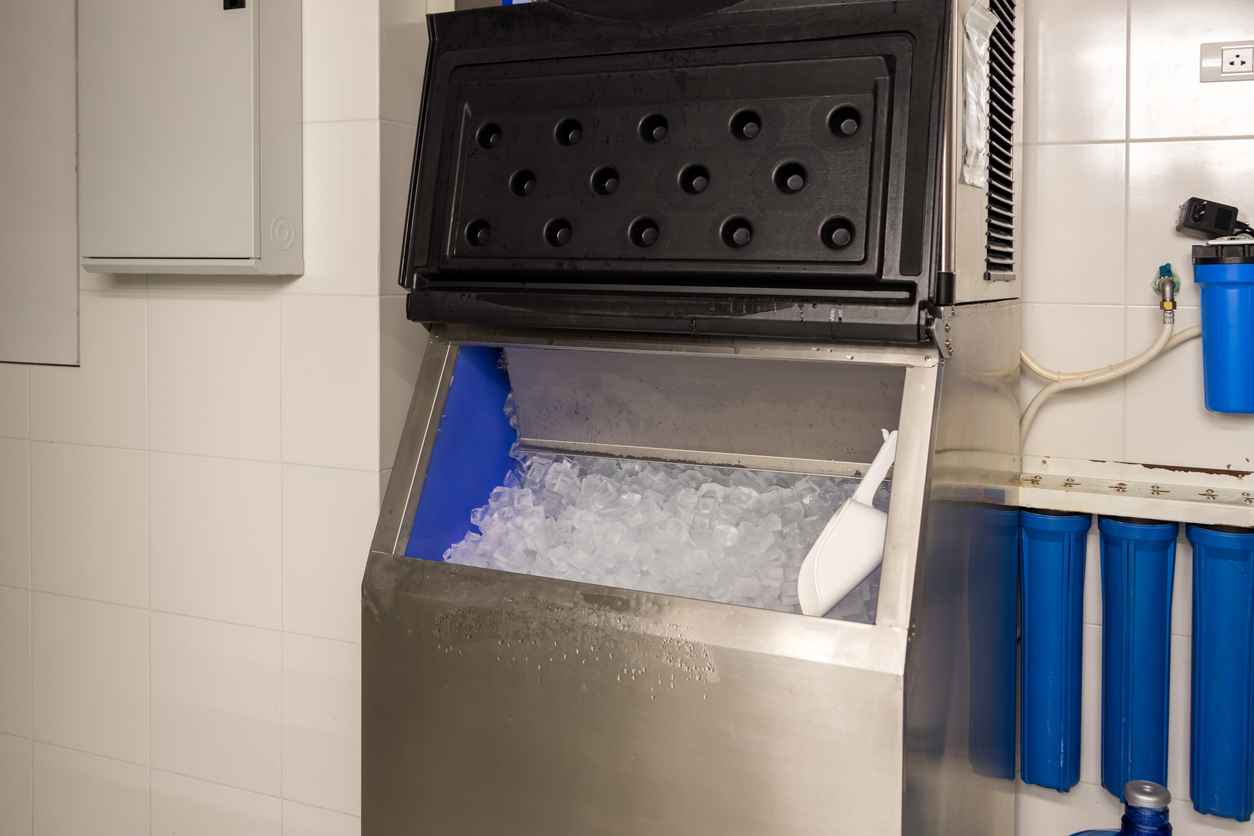
Is Mold in an Ice Machine Dangerous?
